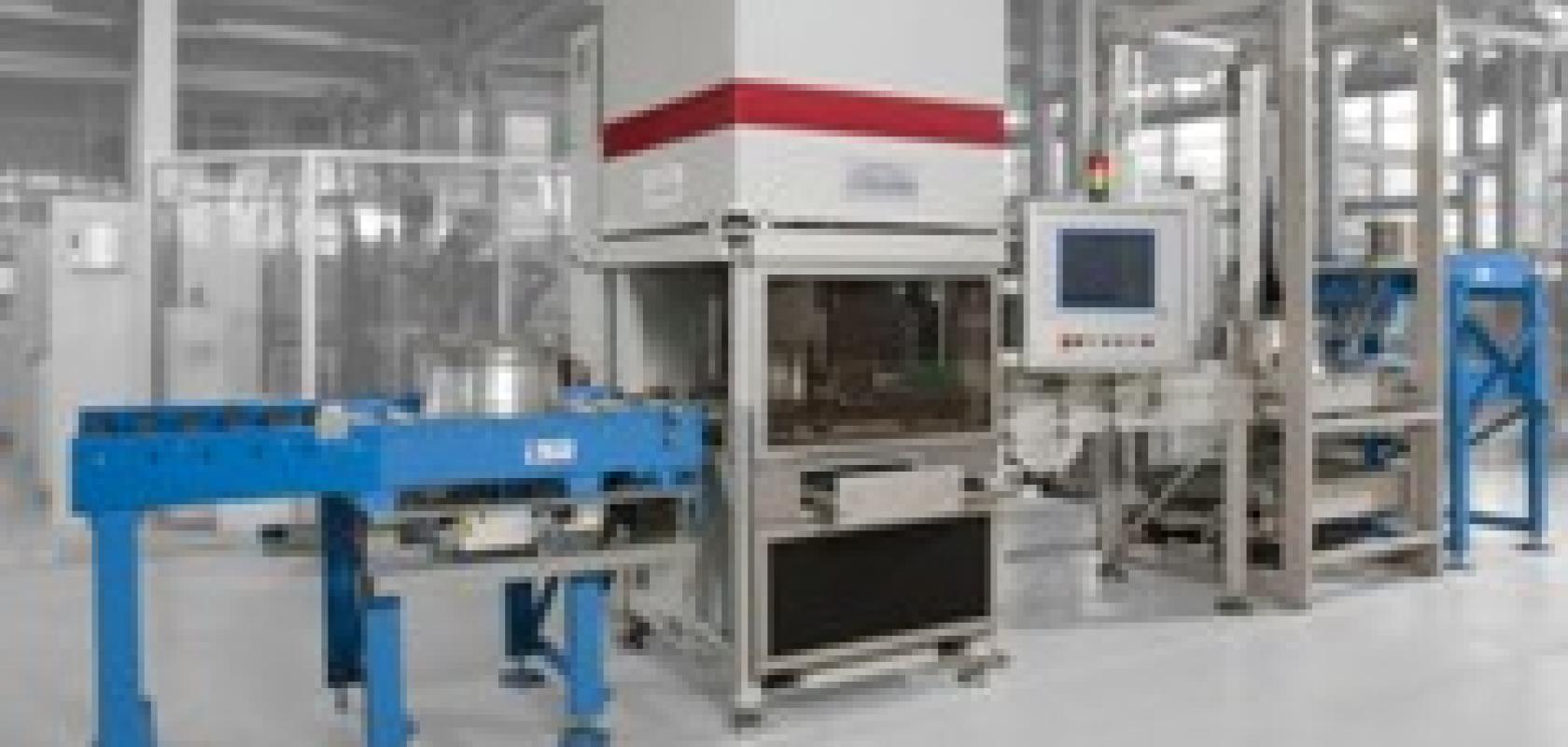Researchers at the Fraunhofer Institute for Factory Operation and Automation IFF have created the Wheelinspector, an in-line compatible system for 100 per cent inspection of vehicle wheels without contact.
The basis of the system is the OptoInspect 3D technology developed at the Fraunhofer IFF, which operates with triangulation that measures points and lines. The system uses a laser light projection. A camera registers the light of the projection reflected diffusely by the part. On the basis of the perspective, the laser projection in the camera image changes according to the wheel’s shape.
The Wheelinspector measurement system consists of four sensors and a complex system of axes for moving and positioning the sensors during measurement. This guarantees high flexibility; the system can inspect a wide variety of products in the same machine – even when regularly switching between different types of wheels.
Wheels are rolled into the measuring unit on a conveyer, are centred and locked in place mechanically. An image-based identification system upstream recognises the particular type of wheel and transmits specific features, such as diameter, width or offset, to the measuring unit. These coordinates are used to align each of the positioning axes of the sensors to their correct position. The sensor cluster revolves around the wheel 360 degrees and scans the measured values. The entire scanning cycle for one wheel is completed after approximately twenty seconds.
The system compares the results of 3D measurements with the tolerances from the 3D CAD model of the vehicle wheel. Deviations of parts resulting from tool wear or breakage are reported to the machines immediately. This prevents serial defects and the resulting costs.
The Wheelinspector was developed with Fraunhofer’s industry partner Ascona, a specialist for optical profile measurement systems, and is already being used successfully in the automotive supplier industry.


